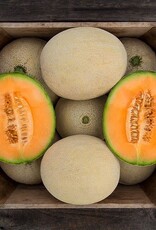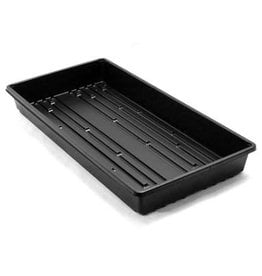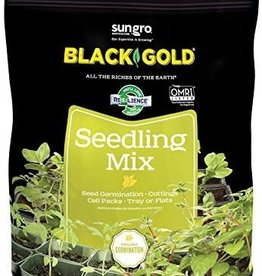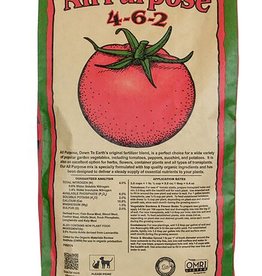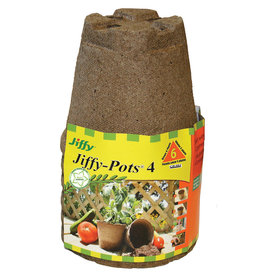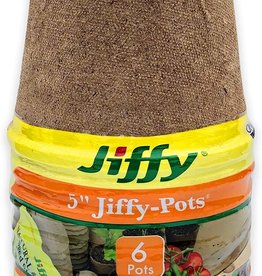HM True Love F1 Melon 10 SEEDS
| Availability: | In stock (8) |
Photos and Description credit: High Mowing Seeds
Days to Maturity: 76 days
High-sugar melon with near perfect texture designed to complement its sister variety, First Kiss F1.
A testament to our trials process, this melon is the perfect complement to First Kiss F1 as it is full slip, slightly later and larger, and can be planted as a second succession for continual melon harvest. The aromatic sweetness of this melon evokes the feelings of true love and this show stopping cultivar comes to us from Dr. Brent Loy at the University of New Hampshire. A portion of the sales of this variety is paid to the breeder - learn more here.
- 2-3 lb
- HMOS EXCLUSIVE
- BR
- Hybrid
- A Loy's Choice™ variety, bred by High Mowing in partnership with University of New Hampshire's Dr. Brent Loy
Disease Resistance Details
High Resistance: Fusarium Wilt (2), Powdery Mildew (1 & 2)
16-20M seeds/lb (18M avg). M=1,000
Seeding Rate
4,840 plants/acre (~1/4lb); transplanting singles at 18” plant spacing on 6’ center beds
Cultural Info
Melons (Cucumis melo) are warm season tender annuals in the Cucurbitiacea family, which includes cucumbers, summer squash and winter squash, and gourds. Types include:
- Honeydew and Casaba (inodorous group)
- Muskmelon (reticulates group)- Netted fruit slips from vine
- European Cantaloupe (cantalupensis group)- Fruit is not netted and does not slip when ripe.
Soil Nutrients and Requirements
Melons will thrive in warm, well drained soil high in organic matter with pH between 6.5-7.5. Sandy loam is best. Melons are heavy feeders. Give 80-120 lbs of N per acre. Calcium deficiency can lead to blossom end rot, especially when adequate moisture is not available. Use dolomitic limestone. Manganese in excess can cause black spot. When Boron is deficient, fruit may crack.
Seeding Depth
½”
Plant Spacing
12-18”
Row Spacing
6' centers
When to Sow
Days to maturity are from transplants; add 10-14 days if direct seeding. Direct seed 1-2 weeks following last frost date. Optimal soil temperature for germination is 75-85°F. Sow seed indoors 4 weeks before planting date. Air temperature for healthy seedling growth is 75°F. It is common to plant either single plant transplants or double plant transplants at larger plant spacing. Harden off plants by reducing temperatures and water. Plant outdoors when all danger of frost has passed.
Other Considerations
Plastic mulch and floating row cover are used to increase soil and air temperatures as well as ward off insects, especially cucumber beetles.
Harvest
Harvesting melons at perfect maturity can be tricky, each type is a little different. In general: cantaloupes slip from vine when ripe; charantais types can be cut when they have a thick netted skin (they are a bit over-ripe if they slip); galia types slip from the vine and are ready when skin turns bright yellow; honeydews can be cut from the vine when skin turns color. Other indicators of ripeness are when the leaf closest to fruit becomes dried and shriveled and when the stem becomes corky.
Storage
Ripe melons usually keep up to 4 weeks in a cold storage.
Pest Info
- Striped cucumber beetles cause feeding damage to the leaves, and often transmit bacterial wilt. Larvae feed on the plant roots. Row covers can provide effective protection, but must be removed during flowering to allow pollination. Practice crop rotation and good sanitation to eliminate overwintering habitat. Frequent application of kaolin clay and/or pyrethrum have shown some effective control.
- Squash vine borer will cause plants to look wilted even when moisture is plentiful. Slice open stem and remove and destroy.
- Squash bugs can be controlled by handpicking. Bury or compost plant residues at the end of the season.
Disease Info
- Powdery mildew can be checked by providing good air circulation. Give plants wide spacing and eliminate weeds, especially milkweed, marshcress and yellowrocket. Choose resistant varieties.
- Fruit rots such as anthracnose, scab, and fusarium fruit rot are common under wet conditions. Space plants apart, avoid wetting foliage and water early in the day so that leaves can dry.
- Fusarium Wilt is caused by the fungus Fusarium oxysporum f. sp. Melonis (Fom), and can be seed and/or soil borne.
- Bacterial Wilt and Cucumber mosaic virus should be controlled by removing and destroying infected plants.


